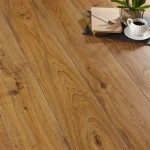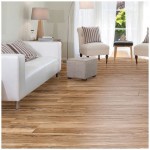Install Laminate Flooring Kitchen Cabinets
Laminate flooring is a popular choice for kitchen cabinets because it is durable, affordable, and easy to install. It is also available in a wide variety of colors and styles, so you can find the perfect match for your kitchen décor. If you are thinking about installing laminate flooring in your kitchen, here are a few things you need to know.
1. Choose the right type of laminate flooring. There are two main types of laminate flooring: traditional laminate and luxury vinyl plank (LVP). Traditional laminate is made from a high-density fiberboard core with a photographic image of wood or stone on top. LVP is made from a waterproof vinyl core with a photographic image of wood or stone on top. LVP is more expensive than traditional laminate, but it is also more durable and waterproof.
2. Prepare the subfloor. The subfloor is the surface that the laminate flooring will be installed on. It is important to make sure that the subfloor is level and smooth. If the subfloor is not level, the laminate flooring may buckle or crack. If the subfloor is not smooth, the laminate flooring may not adhere properly.
3. Install the underlayment. The underlayment is a layer of material that is installed between the subfloor and the laminate flooring. The underlayment helps to reduce noise and vibration, and it also helps to protect the laminate flooring from moisture.
4. Install the laminate flooring. The laminate flooring is installed by clicking the planks together. Start by installing the first row of planks along one wall. Once the first row is installed, continue installing the remaining rows, working your way towards the opposite wall. Be sure to stagger the joints between the planks to create a stronger floor.
5. Trim the laminate flooring. Once the laminate flooring is installed, you will need to trim it to fit around the cabinets, appliances, and other obstacles. You can use a jigsaw or a circular saw to make the cuts. Be sure to wear safety glasses when you are cutting the laminate flooring.
6. Install the moldings. The moldings are the finishing touch for your laminate flooring installation. The moldings will help to hide the edges of the flooring and give it a more polished look. There are a variety of different moldings available, so you can choose the ones that best match your décor.
Installing laminate flooring in your kitchen is a great way to update the look of your kitchen without breaking the bank. By following these steps, you can ensure that your laminate flooring installation is a success.

Do You Install Floating Floor Under Cabinets Wood Flooring

Do You Install Floating Floor Under Cabinets Wood Flooring

Do You Install Floating Floor Under Cabinets Wood Flooring

Laminate Flooring In Kitchens Do It Yourself Installation

How To Install Laminate Flooring Diy Tips And Tricks

Can I Use Laminate Flooring Under Cabinets

Is There A Special Way To Install Laminate Flooring In The Kitchen

Do You Install Floating Floor Under Cabinets Wood Flooring

House Tweaking

Do You Install Flooring Before Cabinets Best Practices Reallyfloors America S Est Hardwood
Related Posts








